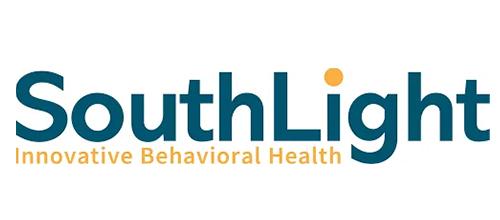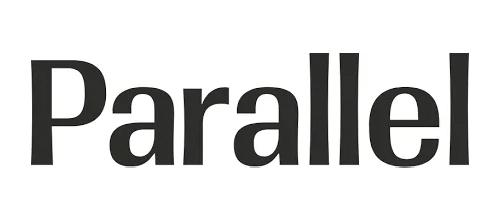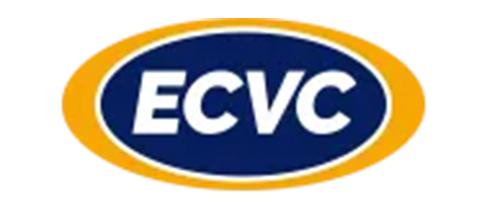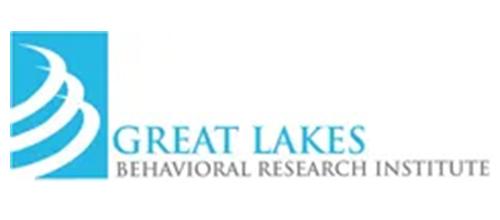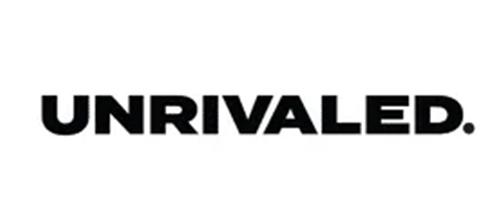
Software-as-a-Service (“SaaS”) is a software delivery model where the product and its associated data are hosted in the cloud, and users gain access to the application via a web browser.
In recent years, many business applications including accounting, customer relationship management, enterprise resource planning, and human resource management have moved from on-premise licensed installations to SaaS as a primary delivery method.
I should say upfront that I am a big fan of SaaS. Its simplified product and service model yields lower retail costs, improved vendor profitability, and makes customer support more convenient for everybody. Unfortunately this sometimes means that all customers have to be shoe-horned into “the box” of canned functionality.
A “one size shoe that fits all” solution may work well for some organizations, but it often doesn’t for all. Organizations that have customization needs or unique integration requirements will find that SaaS is too restrictive for them and in turn may end up in the “Saashole” trap. There are often better choices for these organizations such as hosted or an on-premises license.
Here are my tips for avoiding the “Saashole” trap:

Review service level agreements for reasonable up-time guarantees and response time measures for all major application functions.
SaaS applications are cloud-based, meaning a shared infrastructure of web servers, applications servers, and database servers that are accessible via the public internet. SaaS does not offer exclusive use to a single organization so performance can be impacted by what other users are doing at any given time.
Does the vendor support the browser and platform that you desire?
Now days SaaS is accessed using a web browser. Are you patient enough for browser-only access? Is your intended use conducive to browser access? Is your internet connection stable and fast enough?
Choose a vendor with a more evolved reporting capability that shields end-users from system complexity.

SaaS vendors commonly use a large data repository comingling customer data as this is most efficient and affordable for them. This multi-tenant design requires programming to separate customers logically and adds complexity to data reporting. Techniques like de-normalized database views and metadata layers facilitating intuitive data relationship, grouping, and summaries go a long way to enhancing the productivity of reporting. Ultimately the best approach eliminates all reporting complexity by abstracting the data relationships from the end-user. This yields point-and-click report definitions, grouping, and summaries in the most user-friendly format available.
Make sure the vendor’s “box” of capability is big enough for your needs.
A single code base is another key tenant of SaaS. A lot of SaaS providers have application policies to customize look and feel, and in some cases, parts of the customer experience, so that doesn’t necessarily mean that every customer is stuck with the exact same user experience. But it what it does mean is that code customization for the unique needs of a single customer is not supported. Keep in mind that mature products tend to have a bigger “box” of capability that allows more organizations to be easily supported by the product.
Don’t get “Saasholed” into a long-term contract without cancellation options.
Yes it is true that SaaS has a subscription pricing model, but many vendors impose minimum contract terms or early termination penalties. It’s no fun to be pigeon-holed with a contract for a product that is not working well for you. And what if your organization requires change? You must consider your future needs as well.
Don’t overlook your system integration points, data imports, and data exports.

In our business of HR, Benefits, and Payroll, getting data in and out of the system in a secure and efficient manner is an essential requirement for our clientele. Employee loads, time imports, carrier feeds, G/L files, and published web service integration points are just a few examples. Does the SaaS solution you are considering meet your integration requirements?
The key to every successful SaaS implementation is matching customer requirements to the capability of the solution. Before making a buying decision, conduct enough due diligence to know if the solution is a good fit for your unique requirements. Like with so many things in life, the proof of the pudding is in the eating. One sure way of avoiding the “Saashole” trap is to try the service before signing a long-term contract.
Eliminate manual work and make
HR easier
Get this free eBook to learn how you can modernize your HR
like a Fortune 500 company, without spending a fortune.

Psst: Our newsletters are basically
HR cheat sheets, delivered to
your inbox
Find daily inspiration and get tips for your day
Network with us on LinkedIn
Love tips and the occasional freebie?
Like us on Facebook
On the count of 3,
get ready to
say cheese!
We’re on Instagram
The best 280 characters you’ll ever read
Follow us on Twitter
Watch demos, learn features and much more
Subscribe to our channel





